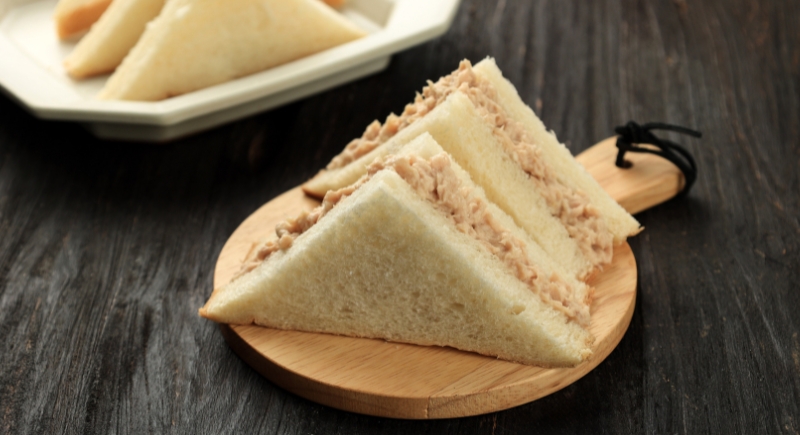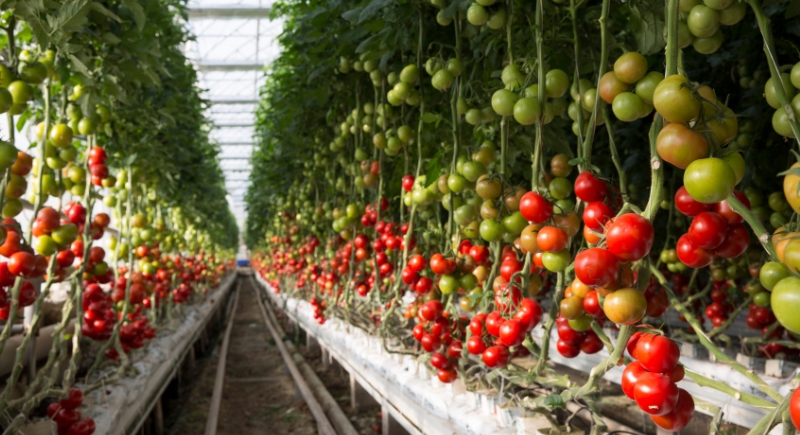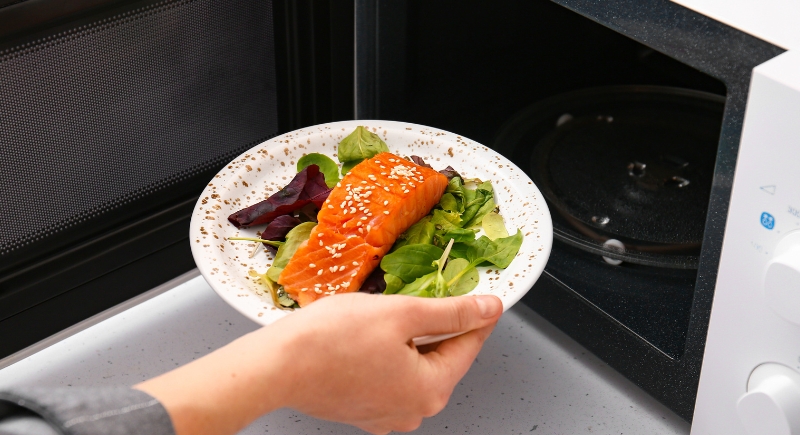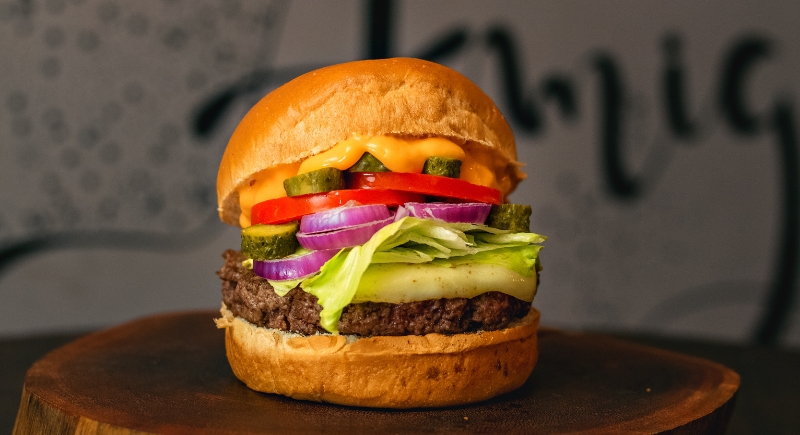10 Deceptive Terms Used on Fast-Food Menus (And What They Really Mean)
Words like “fresh” and “authentic” might sound reassuring, but they don’t always mean what people assume. Some terms are legally vague, others are just clever marketing. Here’s a look at what those feel-good words on the menu actually mean, and why they might not be so comforting after all.
“Grilled” Doesn’t Mean Grill Marks Came From a Grill

Credit: Canva
Grill marks suggest a backyard barbecue, but fast food kitchens don’t usually have grills. Instead, manufacturers add marks during factory prep using hot metal branding or color additives. According to Food Republic, companies often use smoke flavoring and fats in a marinade to mimic that grilled taste.
“Ice Cream” Might Be Missing the Cream

Credit: Getty Images
To legally qualify as ice cream in the U.S., a frozen dessert must contain at least 10% milkfat and weigh a minimum of 4.5 pounds per gallon. Fast food chains like McDonald’s and Dairy Queen often fall short, which is why they label it “soft serve” instead.
“Tuna” That Raised Eyebrows in a Lab Test

Credit: Canva
Subway faced scrutiny when lab tests reportedly couldn’t detect tuna DNA in its tuna sandwiches. A New York Times investigation found the meat too processed to confirm the species. Even if it’s labeled “tuna,” heavy processing or filler ingredients might tell a different story under a microscope.
“Freshly Baked” Is Just Oven-Reheated

Credit: Getty Images
In many chain cafés and sandwich shops, “freshly baked” doesn’t mean made from scratch. At places like Panera and Subway, frozen dough or pre-baked bread is shipped in and finished in the oven each morning. Former employees say the same happens with soups and pastries, which often start frozen before they ever reach the counter.
“Locally Sourced” Is a Vague Claim

Credit: Getty Images
The phrase sounds authentic, but it rarely means what people assume. In many cases, “local” can stretch across an entire state or region, not a nearby farm. Without a specific name or location, it usually just means the ingredient wasn’t shipped from another country.
“Boneless Wings” Are Just Chicken Nuggets in Disguise

Credit: Canva
Despite the name, boneless wings don’t come from the wing at all. They’re usually pieces of chicken breast cut, breaded, and fried to mimic the texture of real wings. Even Buffalo Wild Wings has acknowledged the joke, noting its wings have “0% buffalo,” after a customer sued over the misleading label.
“Natural Flavor” Doesn’t Equal Real Ingredients

Credit: Getty Images
The phrase “natural flavor” is regulated, but that doesn’t mean it comes from the ingredient you expect. Vanilla flavoring, for example, can legally come from wood pulp or be chemically extracted from non-vanilla sources. A class action suit claimed McDonald’s soft serve wasn’t flavored with actual vanilla, even though it tasted like it.
“Made Fresh” Can Mean Just Microwaved

Credit: pixelshot
When fast food chains say something is made fresh, that might only mean it’s heated after you order. Items like eggs or soups are frequently pre-cooked and frozen, then reheated in a microwave or oven before serving. It’s fresh off the heat, not fresh out of the kitchen.
“Gorditas” That Barely Resemble the Real Thing

Credit: Getty Images
Taco Bell’s gorditas use a fluffy wheat flatbread, but the name borrows from traditional Mexican corn masa cakes. Real gorditas are thick, pan-fried pockets stuffed with filling. Taco Bell’s version looks more like a soft taco than a masa cake.
“Premium” Doesn’t Always Mean Higher Quality

Credit: pexels
A “premium” sandwich might cost more, but the term doesn’t promise better ingredients. Fast food chains use “premium” to position an item above their regular offerings, even when it’s made with the same components. More sauce, a different bun, or new packaging might be all that’s changed.